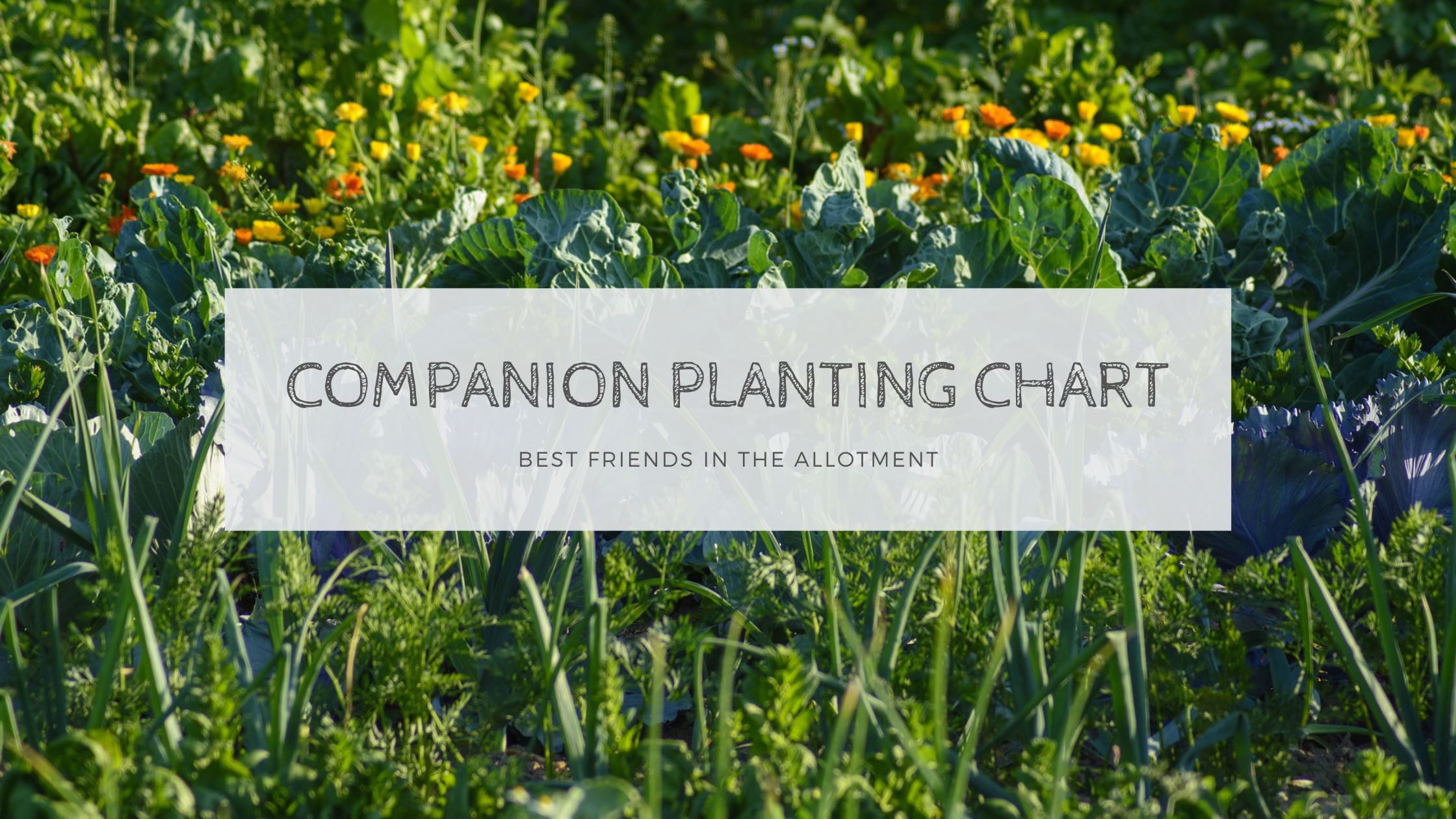
Companion planting chart – best friends in the allotment
It feels like it has been ages since the last time I sowed some seeds, and I have been feeling so itchy to start again, but in the meantime, I have been studying how to help the plants thrive in the allotment. This is where the companion planting chart comes in.
If you are reading this post, chances are you already know the benefits that growing some plants together can have on them, like deterring pests or attracting beneficial insects. Another reason could be that they can provide shade or natural support like in the three sisters method, where corn, beans and pumpkins are planted together because the corn will offer the bean support to grow onto, the bean gives the soil a good nitrogen fix whilst the pumpkins will keep the ground covered to suppress weeds and keep the roots shaded. Other reasons could be space maximisation, where some vegetables are grown together because they do not compete for the same nutrients, and their roots develop at different depths.
I have been searching for a chart with as many vegetables as possible. Still, I did not come across one that was complete enough for the varieties I grow, so I collected all the information I could and created my own one. However, in my research, I have encountered a few discordant opinions for some companions, where some people say that certain vegetables grow well together, while others say the opposite. For this reason, I will experiment, write down my findings, and update this post with my experience as time goes on.
If you also would like a companion planting chart to plan your vegetable garden that is easy to check, download it for free using the button below. If you would like me to add some other vegetables I have not included, please get in touch, and I will do my best to update the chart. Likewise, if you spot any mistakes or have some comments, do let me know, as I would like this chart to be as helpful as possible.
Some additional points I would like to make are these:
When looking at the chart, also think of what to plant together in terms of space and speed of harvest. For example, I have planted some peas in an area with a little more space left I can use. Looking at my chart, I have noticed that both parsnips and radish do well together with peas. And considering that radishes will be much quicker at reaching harvest, I decided to interplant them in the same bed. Multi-sowing the radish at different intervals to keep them coming.
Some flowers like calendula, marigolds, and cosmos will not only make your allotment look nice but also attract beneficial insects. Furthermore, calendula, borage, nasturtium and others are edible flowers! I have added them to salads, and they taste fabulous, so it is a win-win situation.
Finally, just like there are companions, there can also be foes in the garden. So you will find in the companion planting chart, even the ones that should not be planted together, so you can avoid growing together something that might suppress the growth in other vegetables, or that might compete for the same nutrients in the soil, etc.
I hope you find this companion planting chart useful. I plan on making a list of seed sowing times soon, so please check back or subscribe to my newsletter, and I will keep you updated and let me know any topics you would like me to cover. In the meantime, happy gardening!

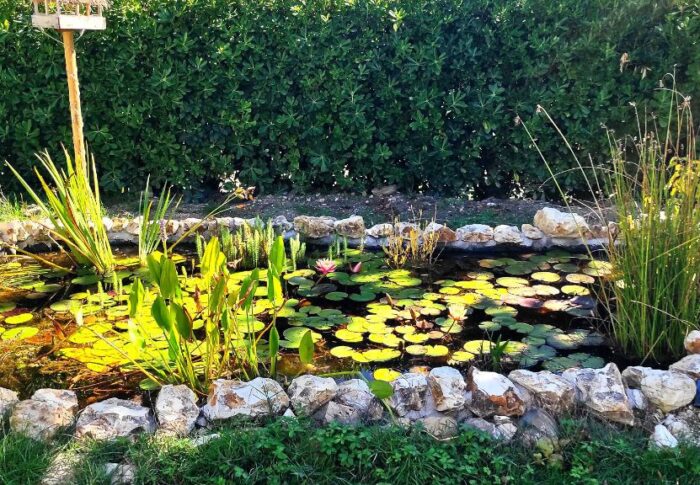

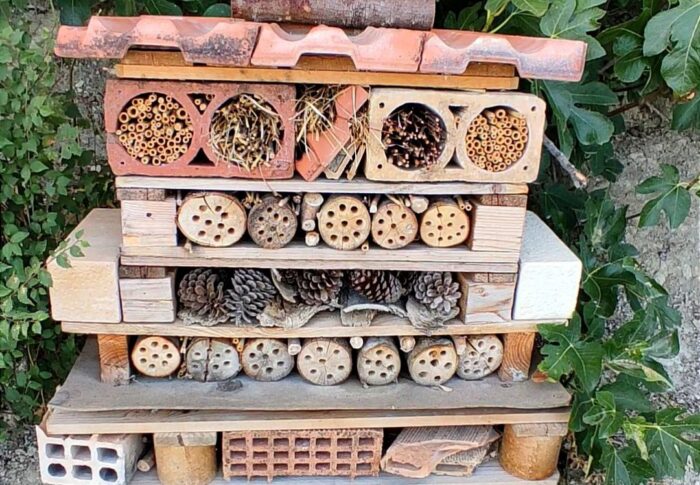
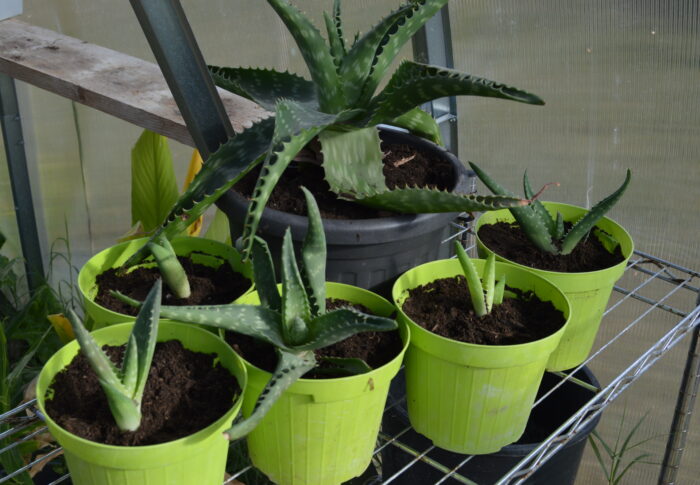
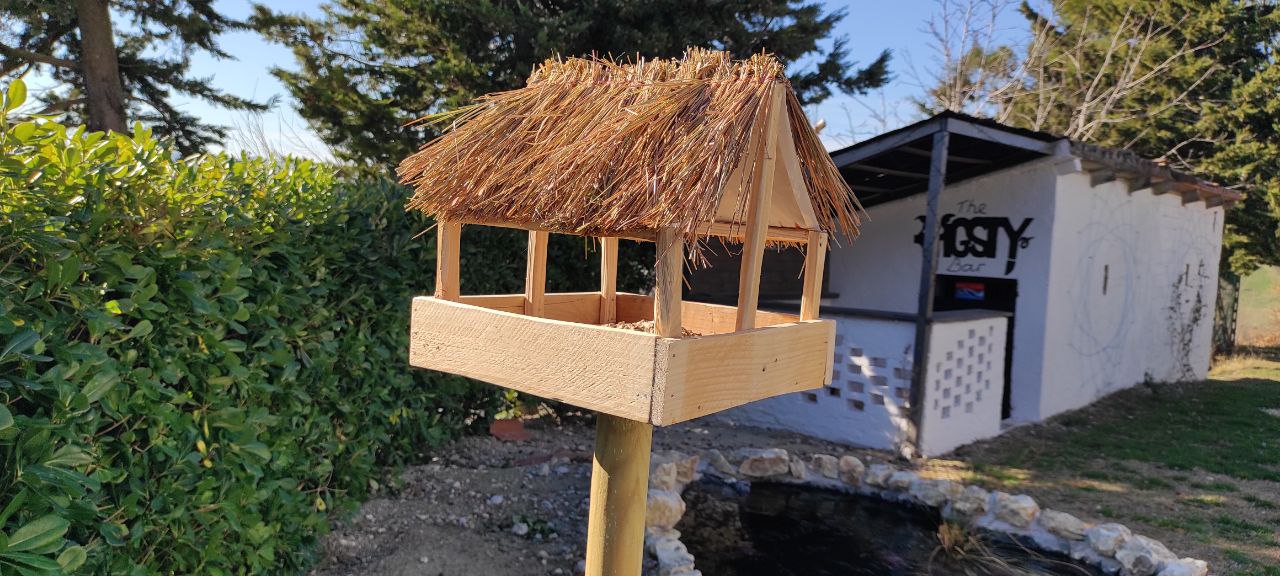

-
-
8 months
Tagged building a pond, diy, fish, fish pond, garden